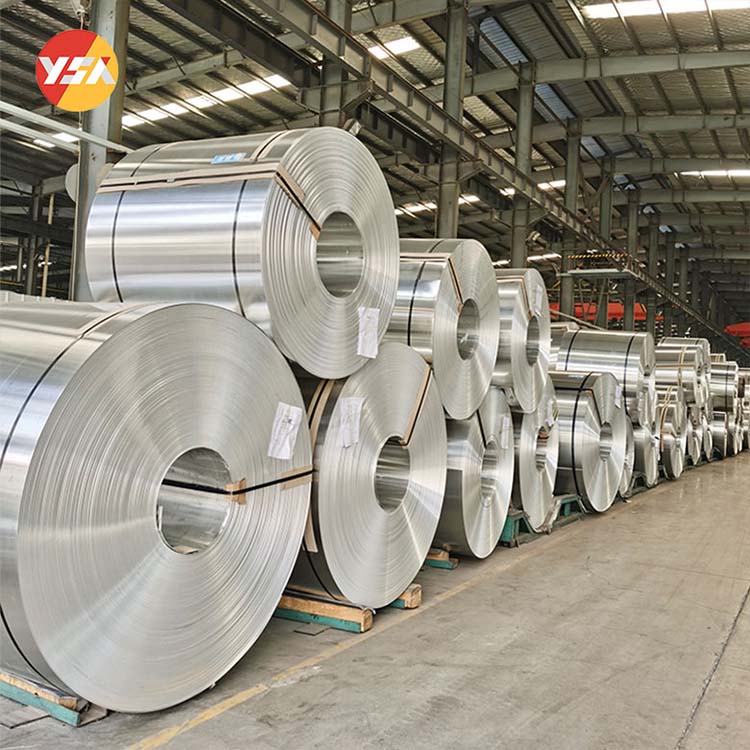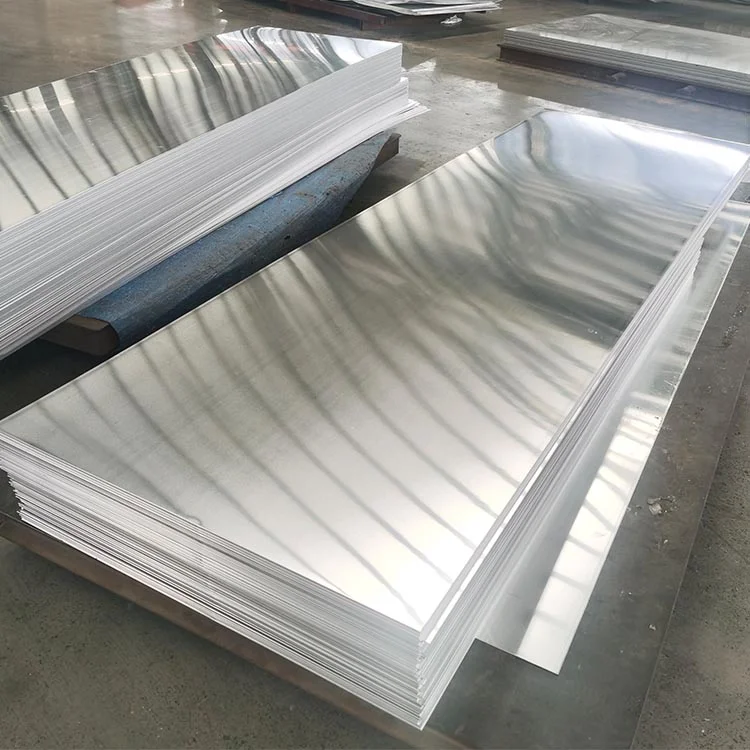[ad_1]
Aluminum blanking is a process that involves cutting out shapes from a sheet of aluminum to create blanks or parts for various industries. This process is essential in manufacturing, as it allows for the creation of precise and accurate parts that can be used in a wide range of products. In this article, we will take a closer look at how aluminum blanking companies operate, the benefits of aluminum blanking, and the future of this industry.
What is Aluminum Blanking?
Aluminum blanking is a process that involves cutting out shapes from a sheet of aluminum using a blanking press. This press is a machine that uses a punch and die to cut out the desired shape from the aluminum sheet. The resulting blank is then used to create various parts for industries such as automotive, aerospace, and electronics.
Aluminum blanking companies typically work with a variety of materials, including aluminum, stainless steel, and other metals. They use specialized machines and tools to cut out precise shapes from these materials, ensuring that the resulting parts are accurate and of high quality.
The Benefits of Aluminum Blanking
Aluminum blanking offers a number of benefits for manufacturers. One of the main advantages of this process is its ability to create precise and accurate parts. By using a blanking press, companies can cut out shapes with high precision, ensuring that the resulting parts fit perfectly and function as intended.
Additionally, aluminum blanking is a cost-effective process. By using a blanking press to cut out shapes from a sheet of aluminum, companies can produce parts quickly and efficiently, reducing production costs and saving time. This makes aluminum blanking an attractive option for manufacturers looking to streamline their production process and improve their bottom line.
Furthermore, aluminum blanking is a versatile process that can be used to create a wide range of parts. From simple shapes to complex designs, aluminum blanking companies can cut out a variety of shapes and sizes to meet the needs of different industries. This versatility makes aluminum blanking an essential process for manufacturers in a range of sectors.
The Future of Aluminum Blanking
The future of aluminum blanking looks bright, with continued advancements in technology and equipment driving innovation in the industry. As manufacturers demand more precise and accurate parts, aluminum blanking companies are investing in cutting-edge machinery and tools to meet these needs.
One of the key trends driving the future of aluminum blanking is the use of automation and robotics. By implementing automated processes, companies can increase efficiency, reduce labor costs, and improve overall product quality. Automation also enables companies to produce parts more quickly, allowing them to meet tight deadlines and improve their competitiveness in the market.
Additionally, advancements in materials and coatings are also shaping the future of aluminum blanking. By using new materials and coatings, companies can create parts that are more durable, resistant to corrosion, and have enhanced mechanical properties. These advancements enable manufacturers to produce high-quality parts that meet the demands of modern industries.
In conclusion, aluminum blanking is a critical process in manufacturing that allows companies to create precise and accurate parts for a wide range of industries. With its cost-effective nature, versatility, and potential for innovation, aluminum blanking companies are well-positioned for success in the future. By embracing new technologies, materials, and automation, these companies can continue to meet the evolving needs of manufacturers and drive growth in the industry.
[ad_2]


